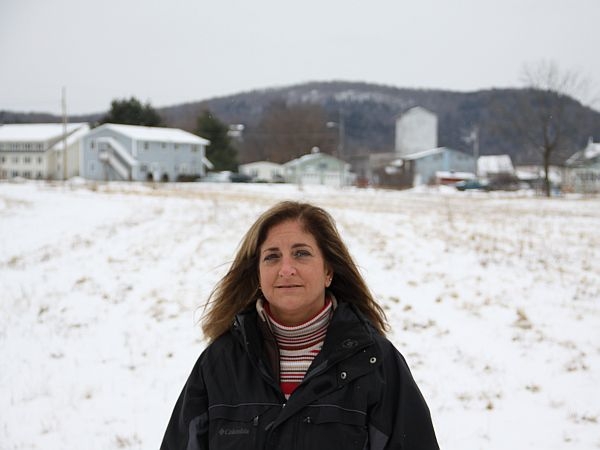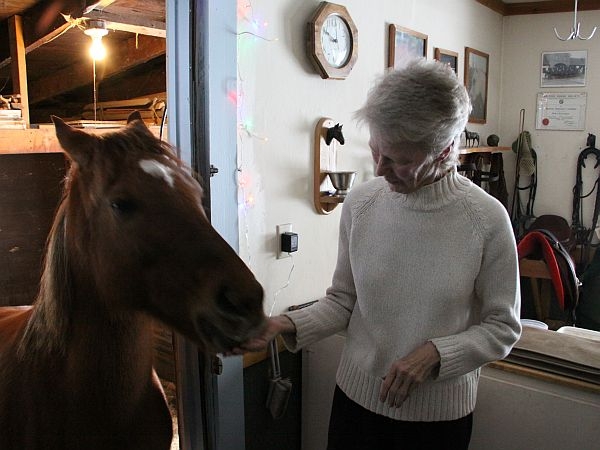
Tucked in the Lamoille River Valley, the village of Jeffersonville was spared Tropical Storm Irene’s wrath.
But over the past year, the village has been hit hard by flooding – four times in less than 11 months. Now, village leaders say they’re willing to reduce future flood damage by closing some of the floodplain to development.
Jeffersonville signed a purchase agreement last month for land on its floodplain, effectively blocking a major commercial development – a 16-pump gas station proposed by Jolley Associates, a retail chain based out of nearby St. Albans.
But Jeffersonville’s Village Board of Trustees hasn’t figured out how to cover the $400,000 bill, yet.
"Mother Nature made us realize how important it was for us to protect the village," says Tammy Fenton, chair of Jeffersonville’s Board of Trustees. Fenton says Jolley’s plan to develop here – smack dab in the middle of Jeffersonville’s flood plain – just didn’t make sense when you consider last year’s record spring flooding.
On a gray January day, Fenton stands in the middle of the flood plain, just off Route 15 – the main artery between two major ski resorts. Abandoned concrete water towers and water spouts dot the landscape where an old lumber yard once buzzed. Fenton says a gas station here would exacerbate flooding and damage those homes less than a mile away in the heart of the village.
"We saw the different levels and how the water pushed and flowed," Fenton says. "So we knew that if this development took place that these households that never were impacted before definitely would be in the future."
Across Vermont, flood-prone cities and towns are developing mitigation plans to limit damage in the future. In Sunderland, for example, town officials are working to redraw the town’s flood plain. In Wardsboro, the Select Board is applying for Hazard Mitigation Grants. And Jeffersonville hopes to become a model for those communities.
Back in April, the village changed its zoning to prohibit floodplain development. Then Jolley Associates went before the Village Board of Trustees to get a conditional use permit under the existing rules, which allowed building next to the river. After two zoning meetings were postponed due to more flooding, many people in town, including Jean Jenkauskas, said enough.
 "Flooding characteristics are changing and changing fast," says Jenkauskas, a leading organizer in town.
"Flooding characteristics are changing and changing fast," says Jenkauskas, a leading organizer in town.
Inside her old farm house which floods each spring, she props up furniture, appliances and stacks and stacks of paper.
"This used to be a dining room and this is all community efforts. You know, citizen meetings, the FEMA grant program," she say as she walks through the house.
Jenkauskas is a bookkeeper by trade. She has a fine eye for detail, and she says the village couldn’t afford not to buy out the property.
"We’re not anti-development we’re anti-development in the flood plain," she says. "You develop in the flood plain, you’re going to kill development elsewhere. If we were to sell our home tomorrow, I don’t know if it would move. Who wants to live where it floods?"
That’s a question many people across the state are asking. For now, Jeffersonville’s Board of Trustees says it plans to pay for the land with donations and grants. But in May, village residents will have the final say about whether taxpayer funds should help cover the cost.